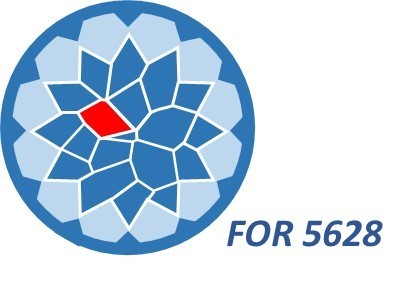|
16th Annual Symposium Physics of Cancer Leipzig, Germany Sept. 22 - 24, 2025 |
PoC - Physics of Cancer - Annual Symposium | |||
|
|
Invited Talk
Gas vesicles: Little bombs to drop on tumors
Institut Curie, 26 rue d'Ulm, 75248 Paris cedex 05, France
Contact: | Website
Gas vesicles are naturally produced by bacteria to regulate cellular buoyancy. These air-filled protein nanostructures have been genetically engineered in cells to function as contrast agents for ultrasound imaging and as cell-killing agents via inertial cavitation. In this study, we report the formation and characterization of giant gas vesicles—microbubbles encapsulating perfluoro-n-butane and stabilized by surface-active proteins adsorbed onto their surfaces.
Using micropipette aspiration, we investigate their surface tension and mechanical properties. Depending on the protein concentration, the gas vesicles exhibit either a liquid-like or glassy state. We develop a model to analyze the suction behavior of these compressible, protein-coated bubbles and compare it to that of incompressible, liquid-filled capsules. Under aspiration, the vesicles do not reach a stationary state; instead, the protruding "tongue" grows at a constant velocity, which we attribute to gas leakage through the porous membrane. This behavior enables the measurement of membrane porosity. The classical model by E. Evans, which relates membrane tension to pressure difference via Laplace’s law, does not always hold. To address this, we introduce a sealing parameter, Q, defined as the ratio of the membrane flow relaxation time to the gas leak-out relaxation time. When Qis large, the classical Laplace relationship remains valid; however, when Q is small, the model breaks down. This framework opens new avenues for probing the mechanics of ultra-porous cellular membranes and for developing more effective strategies for targeted tumor disruption using engineered gas vesicles.
|



